- Home
- Video Transcripts
- Simulated Nursing Laboratory
Simulated Nursing Laboratory transcript
Timestamp
Transcript
Audio description
Slide
00:00 - 5:26
Hello and welcome to the simulation lab.
So as you can see we've got a lot of equipment here and this is the equipment that we'll be using throughout the program. We use them to help explore and to prepare you for clinical practice.
So we're now going to spend a bit of time having a look at what we've got.
This is Sarah, she is one of our mannequins that we use throughout the program whenever you're in the sim lab. She has a lot of fantastic features, for example, she's got a pulse that we can feel here and she's got pedal pulses down at the bottom here. And that's a really really great way to understand how to assess your patient before you go out and see a deterioration out in clinical practice and it is used throughout and embedded throughout the program so that you can increase in complexity from your first year, second year and third year.
And as you can see her chest is rising and falling, she's also got sounds for her heart, so we can listen to different sounds and get used to what the chest sounds like.
This is our airway family, we use them to explore and to really practice looking after a person's airway, which is this upper part and it's obviously really really vital to life.
These ones here are known as amboo bags so you've got the air in here which we would put over a person's airway and then be able to push it into the lungs. So as you can see we've got a baby we've got the medium we've got slightly larger.
Then over here, we have got um an adult sized airway head which, these all can be used for CPR. These ones are known as eye gels, we put them down to the back of the throat where it actually covers and protects the airway. So here, we would use the amboo bag, so this is an adult sized amboo bag, where we would cover it here and then to help bring the air into the chest, as you can see that chest rising and falling there.
So, another thing we do here is we use these four CPR where you would practice, where you put your hand in the middle of the chest hold it up and then do CPR.
So this is one of our smaller mannequins, we use mannequins like this of of many different sizes to practice washing, doing personal care, how to actually change the sheets when somebody's in them. We also have a lot of real world learning opportunities, this is one of the examples that we've got, so for example this one is diuretic retinopathy, where you can know what it's like to have somebody with this condition.
Another one we've got is cataracts. We do a variety of different activities whilst wearing these so you can know what it feels like to have this condition.
Other equipment that we've got, which is also used in different activities, is for example, an aging suit where you can wear things which force the neck forwards, has weights on you and then you're forced to do certain activities wearing these suits, so that you can know what it's like to have certain different disabilities or something like having the tremors.
So this is one of our smaller mannequins again and you can see here this mannequin's got a stoma so our larger mannequins have also got these stomas so that we can really work with different conditions, which cause stomas and also learn how to work with them and that's just one of the examples of the additional things that we have on our mannequins, including the additional equipment that we've got. This is just a small selection of what you will be using when going through the program and in looking at each of the bed spaces, they're all equipped with working oxygen, working suction, call bells and even an emergency buzzer.
So this is one of our two anatomage tables. So the anatomage table helps you to explore the internal body and the internal organs, which gives you a better idea of how how they work, which translates into how we treat our patients out in clinical practice.
So as you can see, you can actually go through the body and to actually start to look at the muscular system, down to the bones and you might get to a point where actually you want to remove certain areas, which you can do quite easily, to get a better view of what's going on inside.
Another feature of the anatomage table is the heart, which you can look at here, where you can actually look at it going slower or a lot faster.
This has been a summary of some of the equipment that we have and that we use throughout the nursing program and within the other programs within the university.
Southampton Solent University Lecturer Joelle gives a demonstration in the simulation nursing laboratory




